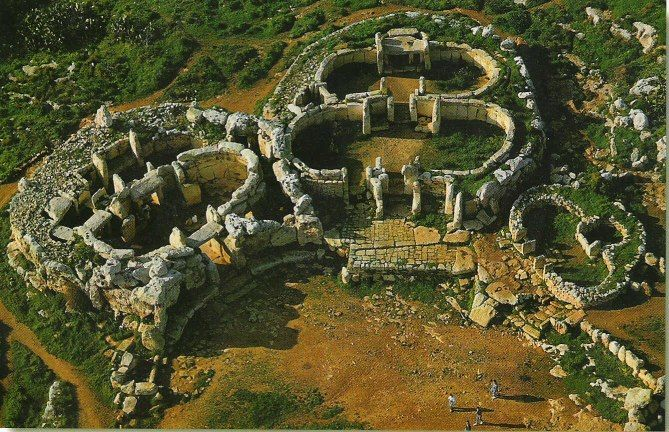Ggantija Temples
The temple complex at Gganjita is undoubtedly the most important of the approximately 30 temples on the islands of Gozo and Malta. The Gantija Temple complex is a one-of-a-kind ancient structure situated in the center of a unique archaeological setting on the island of Gozo, the Xagra plateau. It is made up of two constructions that were constructed between 600 and 200 BC.
The complex consists of two temples that are connected by a single border wall. These Maltese temples are the finest maintained. The elder of the two temples here is the oldest of the megalithic temples, despite being remarkably well maintained. Between 5,600 and 5,200 years ago, the Ggantija Temples were constructed.
Ggantija Temples was formerly supposed to be the world's oldest archaeological monument, dating back to before Stonehenge and the Egyptian pyramids. Göbekli Tepe, a Turkish archaeological monument, is currently thought to date from the Ggantija Temples. It's hardly surprising that the site's name originates from the Maltese word meaning enormous, given the size of the stones on the wall. The biggest stones used in any temple may be found here, with some weighing more than 50 tons. Globigerina and locally obtained coralline limestone were both utilized by Neolithic buildings. In Ggantija, hard coralline limestone is commonly utilized, whereas softer Globigerina limestone is used for interior furnishings such as doors, altars, and ornamental panels. Despite its antiquity, the monument is still in fine working order.
The translation center, which provides visitors with the chance to learn about many elements of Neolithic life, leads to the entrance of the Gantija Temple. A selection of the most notable objects unearthed at several prehistoric sites in Gozo is also on display in the center.











